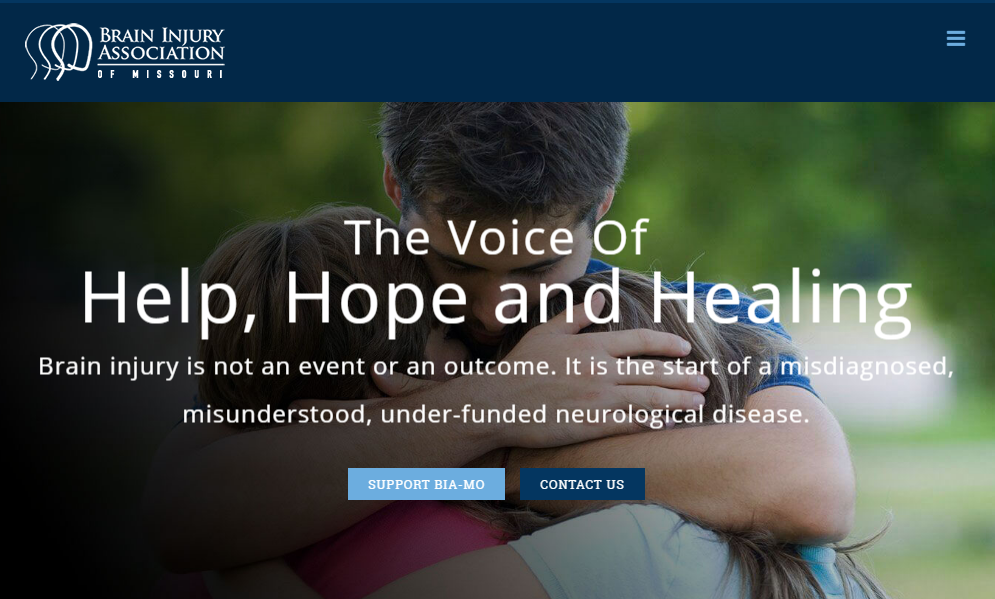How to Work the System so the System Helps You Work
By Tai Prohaska
Social Security Disability Insurance (SSDI) beneficiaries have worked and paid into the program an average 22 years. That’s more than two decades of having a “vocational identity” of being a nurse, a construction worker, housekeeper, or any other of the more than 13,000 professions listed in the Dictionary of Occupational Titles.
Vocational identity reflects a stable pattern of interests, goals, abilities, and talents and is the self-view associated with work. That’s why when professional educators are asked what they do, they often respond with, “I am a teacher,” rather than, “I teach.”
So, it’s no surprise that people who cannot continue working due to a disability often grieve the loss of their work life. At Allsup, 56 percent of the applicants we serve indicate they want to go back to work someday. However, very few do.
Most who apply for SSDI are unaware of the support they can receive to return to work. empower by Allsup® makes sure people know their rights under the Americans with Disabilities Act, as well as Social Security’s Ticket to Work program at the very beginning of the SSDI application process. This helps them envision a path back to employment.
To make the most of the program, it helps to understand these Ticket to Work basics:
- Employment Networks (ENs). More than 600 ENs across the U.S. offer a range of free support services through the Ticket program. Click here for more information on returning to work with SSDI.
- Trial Work Period (TWP). Individuals can keep their SSDI cash benefits while testing their ability to work for nine months. They have a safety net where they can test their ability to work again and receive full SSDI benefits in addition to their job earnings.
- Extended Period of Eligibility (EPE). After the TWP ends, individuals receive full SSDI benefits for the first three months of this 36-month period in addition to job earnings. After that, they are eligible to receive SSDI benefits for any month job earnings drop below substantial gainful activity (SGA). In 2017, SGA is $1,170 for non-blind individuals and $1,950 for blind individuals.
- Continuing Medicare Coverage. After the TWP ends, Medicare coverage continues for up to 93 consecutive months. Individuals still receive coverage during this time even if SSDI payments end.
- Expedited Reinstatement of Benefits. If individuals become unable to work again within five years after the EPE ends, they can request to have their SSDI benefits restarted without filing a new application.
- Continuing Disability Review (CDR) Protection. Social Security periodically reviews disability claims. As part of the Ticket to Work program, individuals are exempt from medical CDRs and their status remains unchanged.
Disability Employment Awareness Month in October is a good time to share this information with individuals and organizations to help people with disabilities work the system to go back to work.
Allsup
Related Articles

Uncategorized
Helping Family Caregivers With What They Need to Know

Uncategorized
Understanding MS and Disability Benefits

Uncategorized
BIA-MO Gets Real about Brain Injury Awareness

